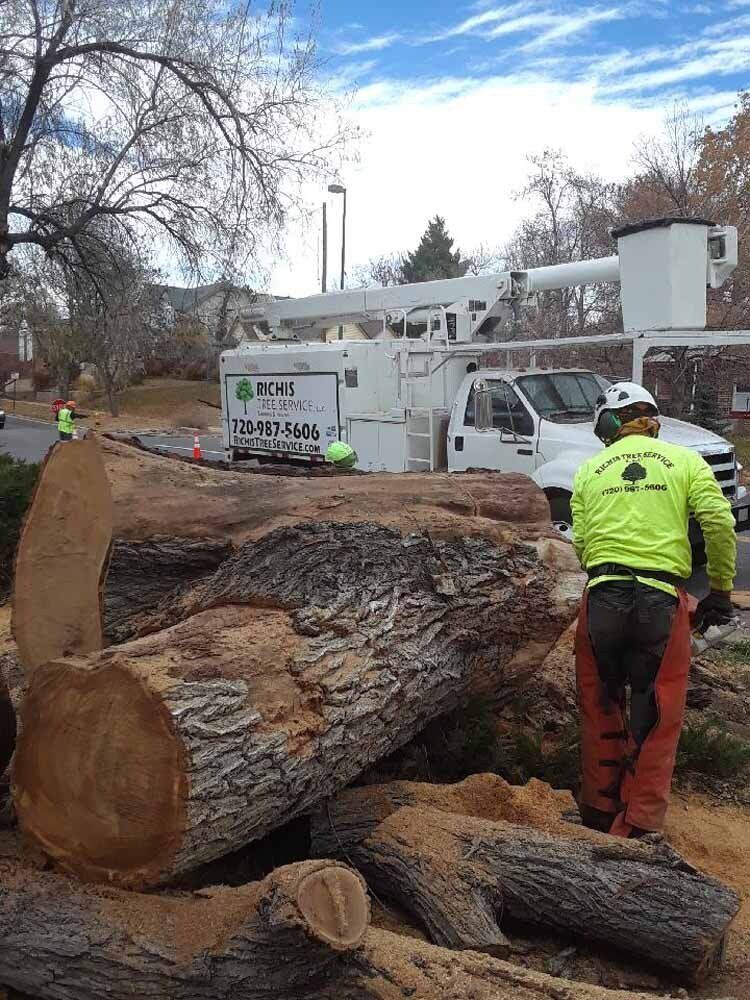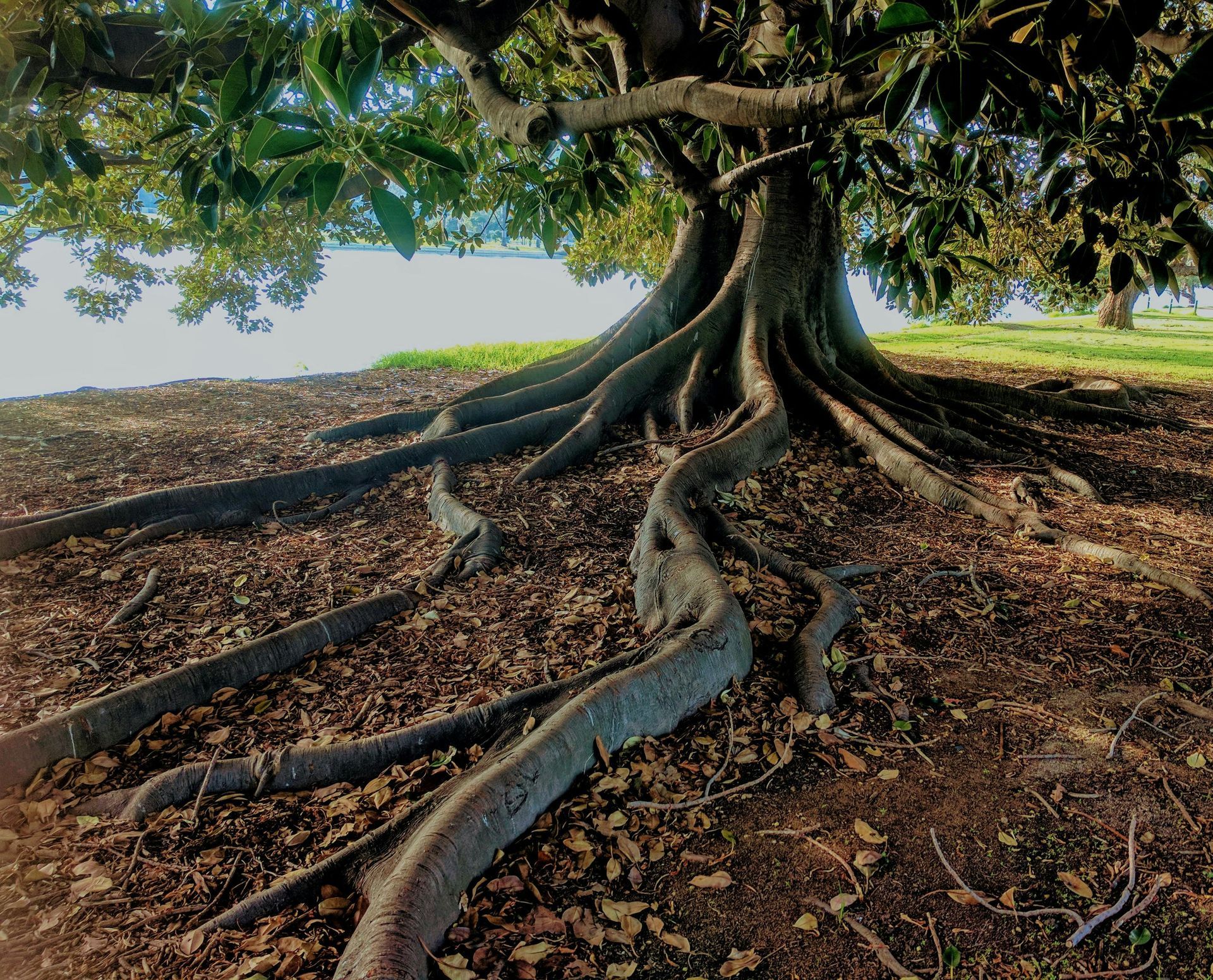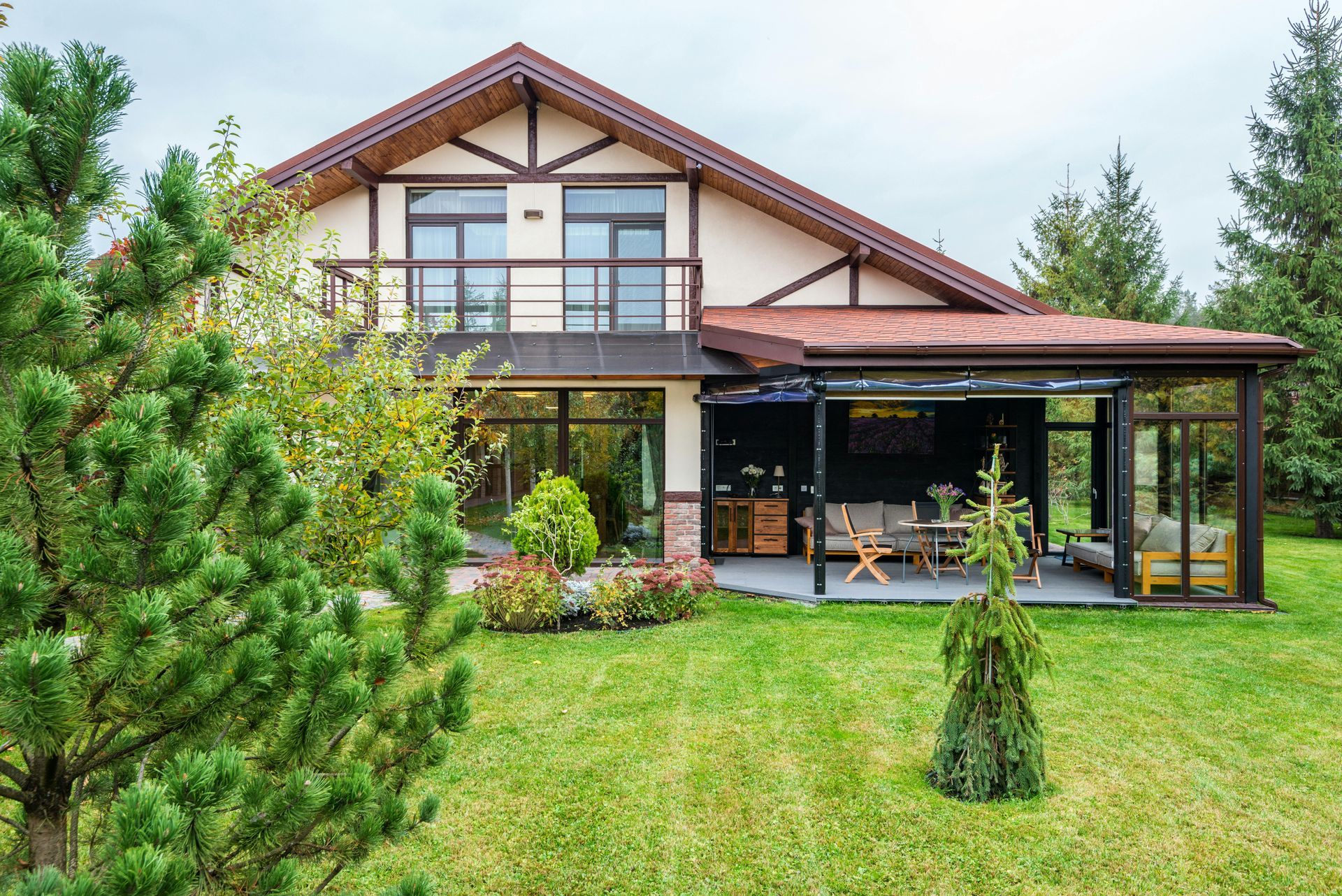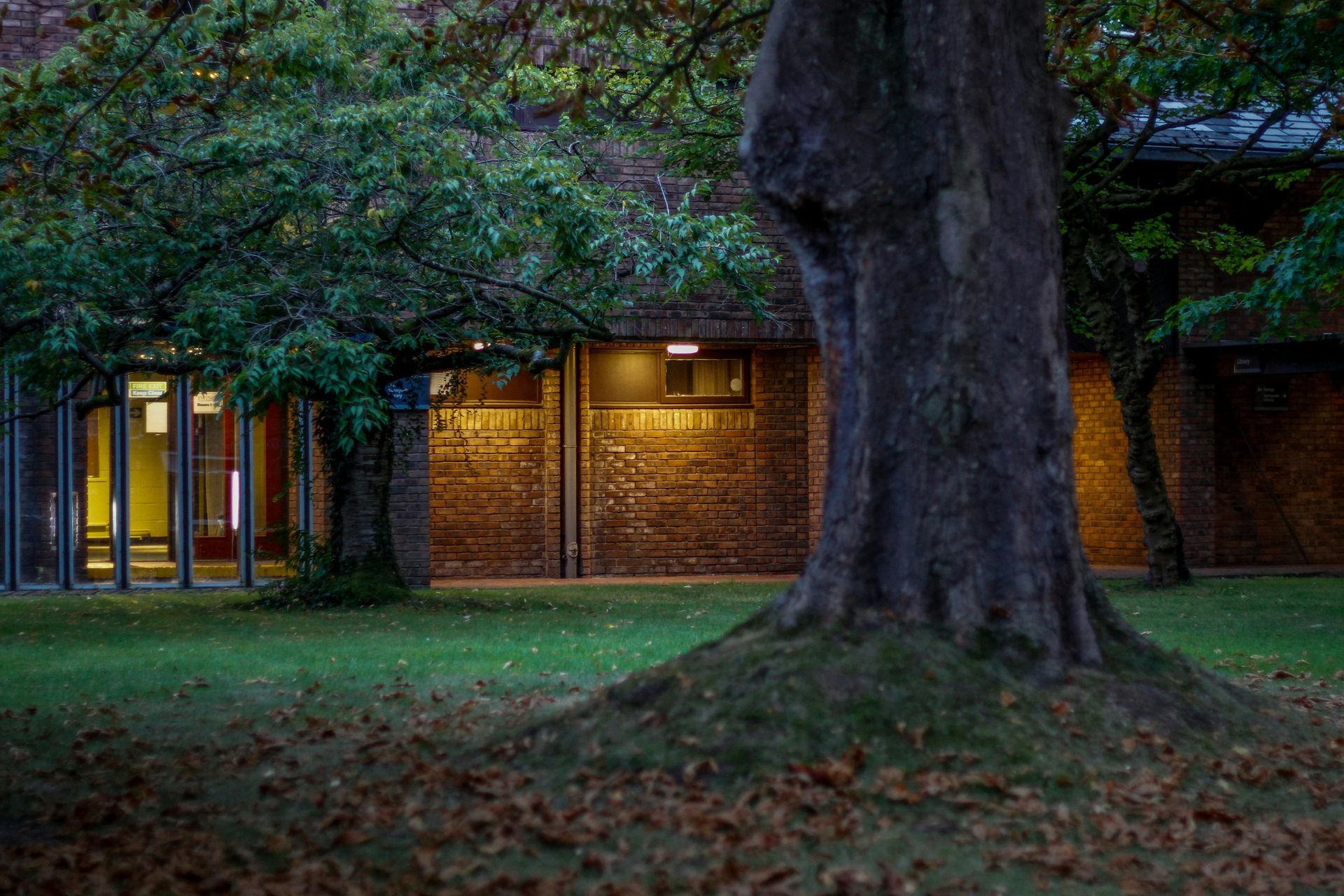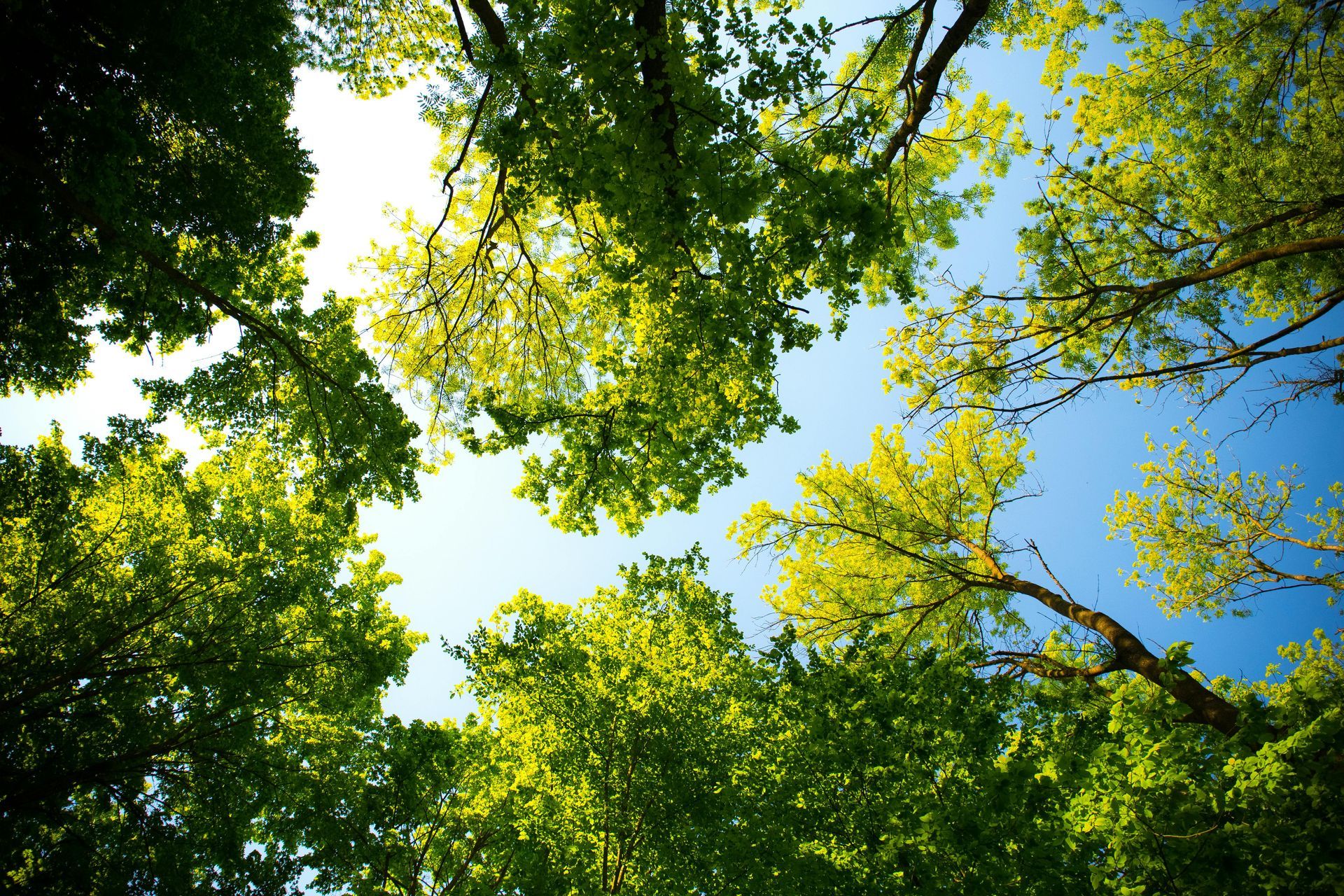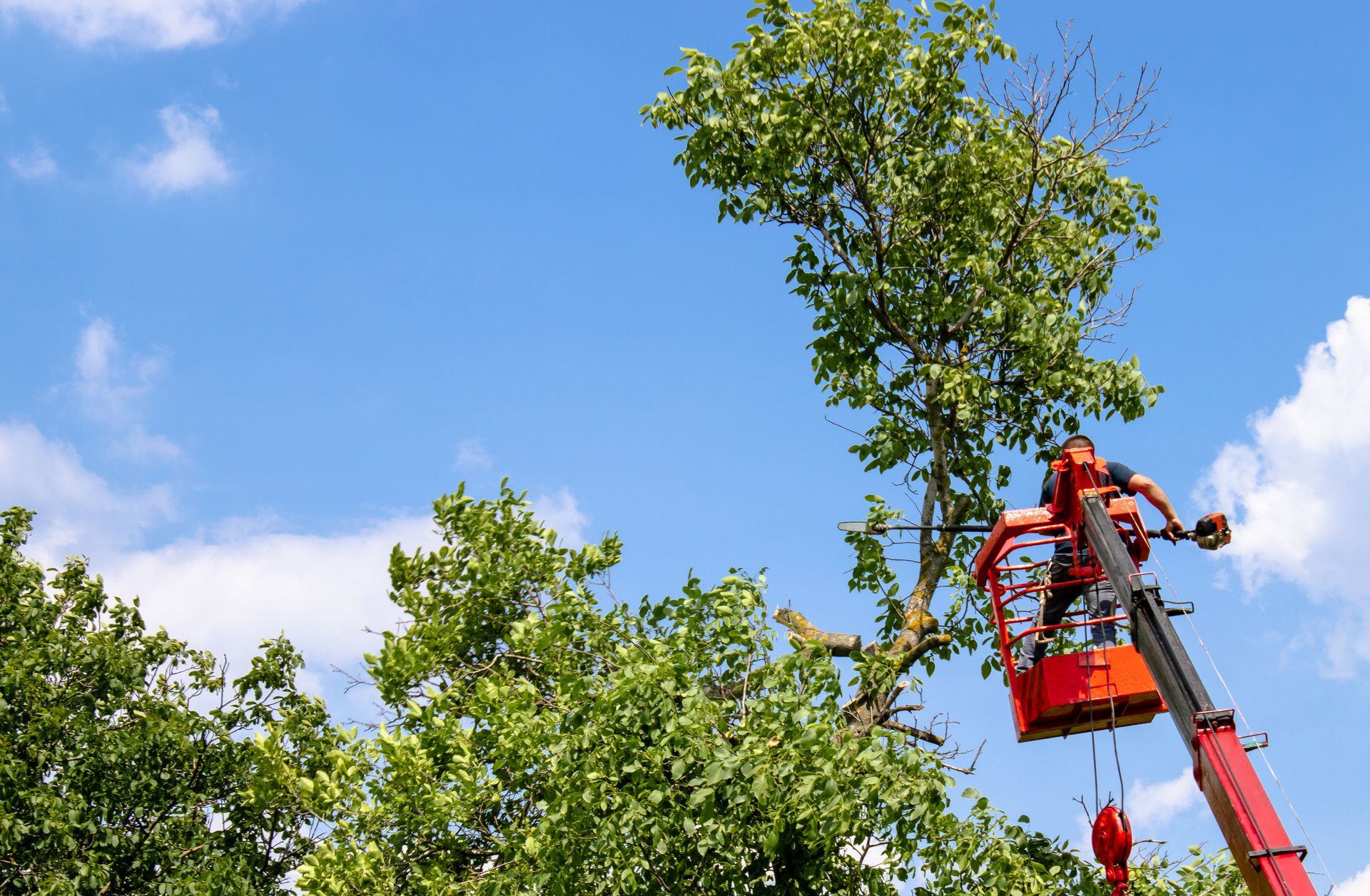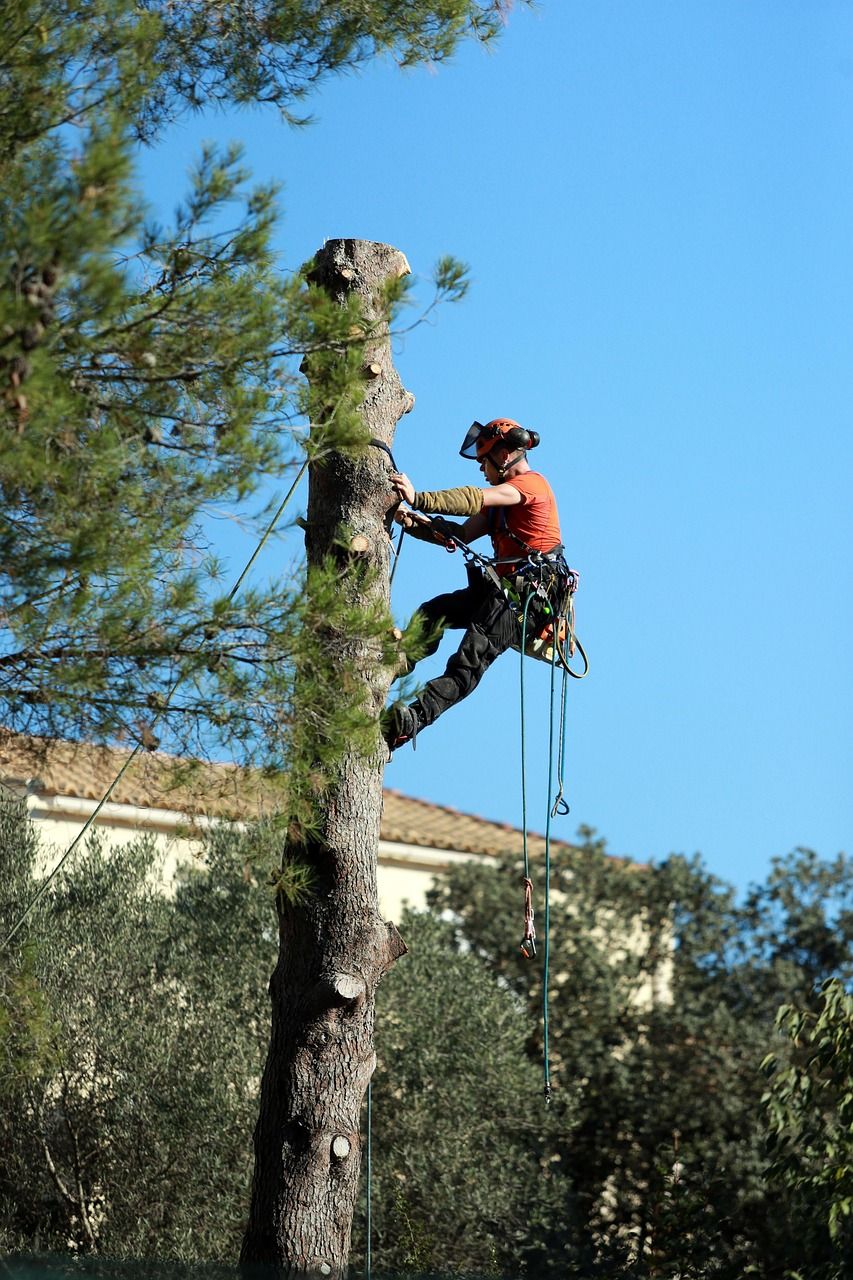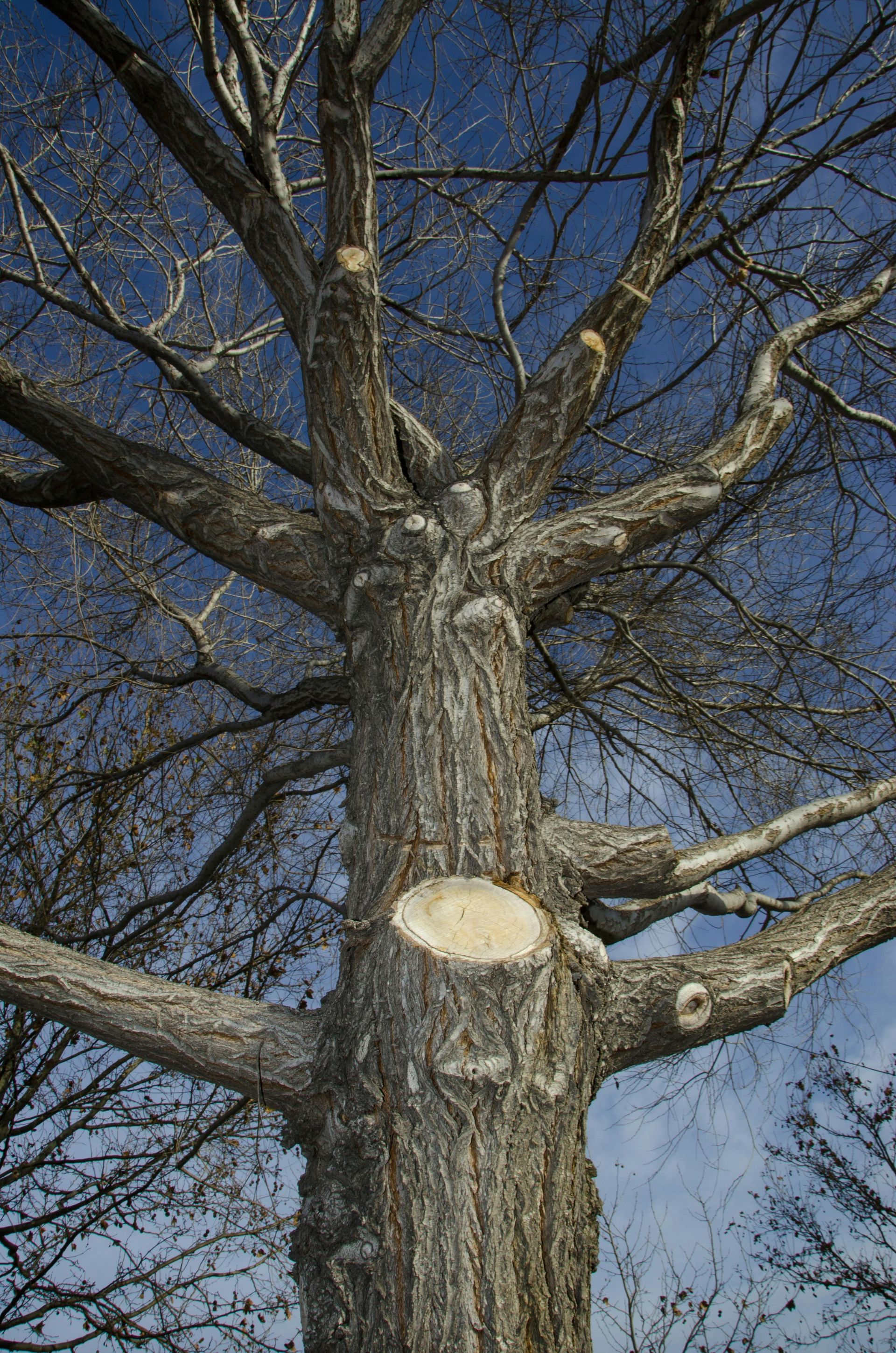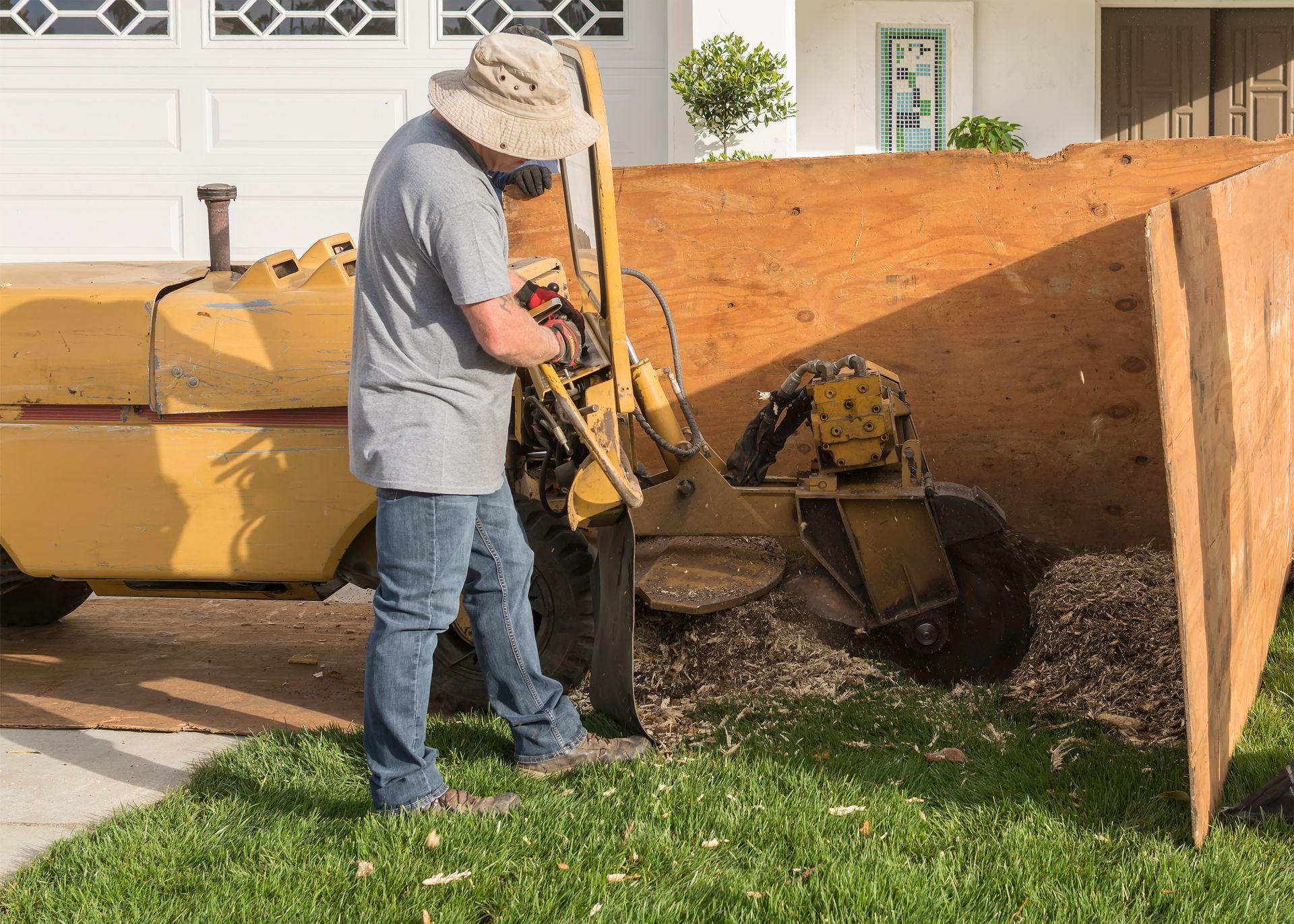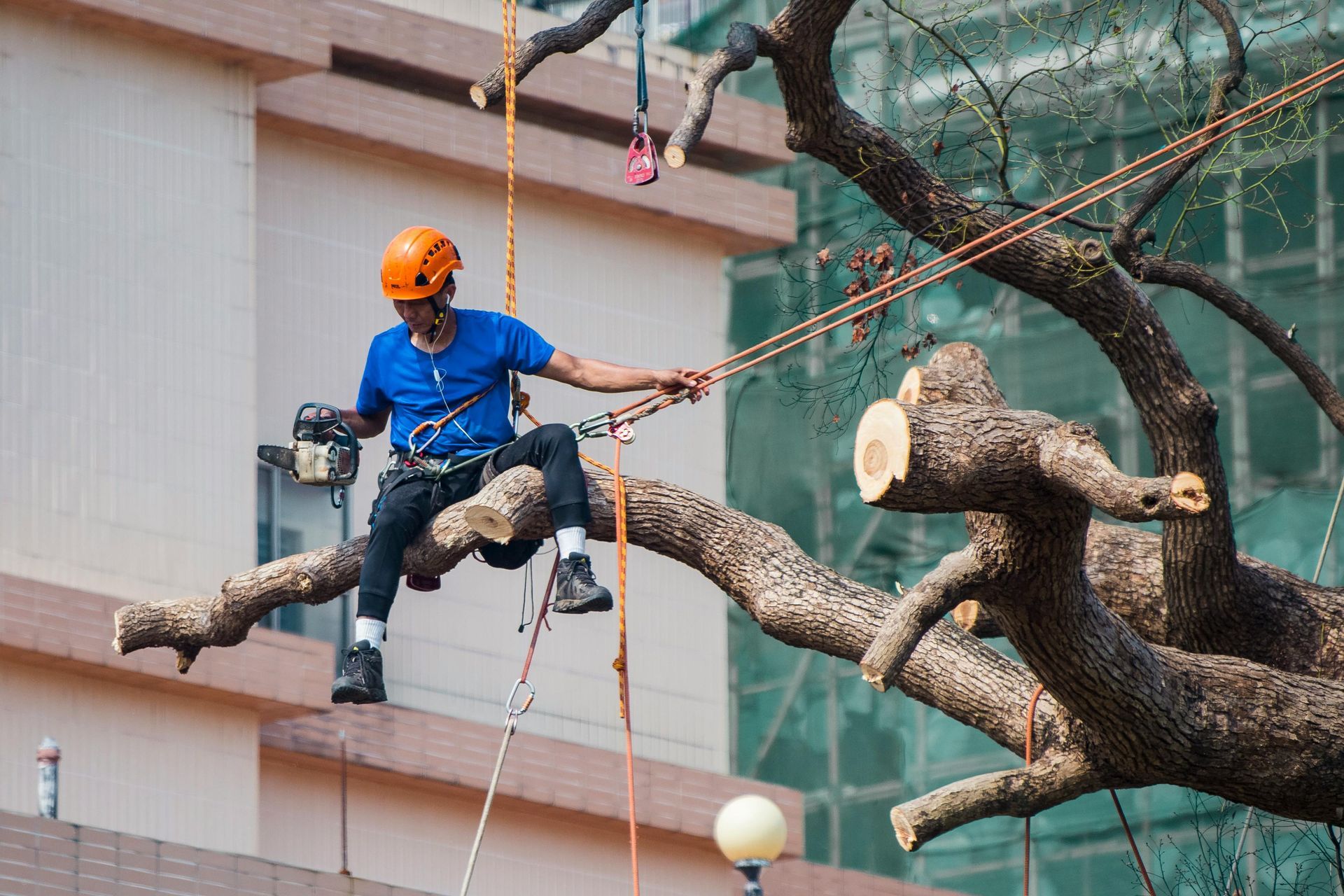Richis Tree Service, LLC
Deep Root Fertilization: Boosting Tree Health in Centennial's Unique Climate
Trees may seem tough. After all, they stand tall during windstorms, keep growing through winter snows, and provide shade when summer heat rolls in. But even the hardiest trees need help, especially in Centennial, Colorado, where the weather and soil work against long-term tree health. One of the best ways to support your trees from the ground up is through deep root tree fertilization.
This blog will walk you through how deep root fertilization works, why it matters for Centennial’s
local environmental context, how to recognize nutrient deficiencies in your trees, and how often your trees need fertilizing. We’ll also explain why hiring a
Professional Arborist is the smart move if you want vibrant, long-living trees. Let’s dig in.
City skyline
What Is Deep Root Fertilization and How Does It Work?
Deep root fertilization is a method of feeding trees by injecting liquid fertilizer directly into the soil where tree roots grow and absorb nutrients. Unlike tossing a few granules on the ground and hoping for the best, this approach targets the root system with precision.
Using a specialized tool, an arborist injects a mix of nutrients several inches below the surface, typically between 8 and 12 inches deep. This is the area where feeder roots live. Those roots are responsible for absorbing nutrients and water, so feeding them directly is the best way to make sure your tree gets what it needs.
Here’s why deep root fertilization works so well:
- Direct delivery: No nutrients are lost to evaporation or runoff. Everything goes straight into the soil where it counts.
- Soil aeration: The injection process helps break up compacted soil, allowing more oxygen and water to reach roots.
- Custom blends: Fertilizer mixes can be tailored to your specific soil conditions and tree species.
- Fast absorption: Because the fertilizer bypasses the surface, trees can start using it more quickly.
Think of it like giving your tree an IV instead of hoping it eats its vegetables. Deep root fertilization is efficient, targeted, and far more effective than old-school surface applications. In Centennial’s challenging soil, this method is not just beneficial—it is essential.
Local Environmental Context: How Centennial’s Conditions Affect Tree Health
Centennial sits at elevation, experiences dramatic seasonal swings, and has soil that looks healthy but often lacks what trees really need. This local environmental context means your trees are working harder than most to simply survive.
Here are some of the main challenges:
- Alkaline, compacted soil: Centennial’s soil is heavy in clay and often alkaline, which locks up key nutrients like iron and phosphorus. Compacted soil also restricts root expansion and water flow.
- Frequent drought conditions: Trees need consistent moisture to absorb nutrients. Drought periods cause roots to shrink and slow down, making fertilization even more important.
- Temperature extremes: A warm week in February followed by a snowstorm in March can confuse tree systems. Nutrient availability helps trees bounce back from this kind of stress.
- Human impact: Construction, soil grading, and chemical lawn treatments create added pressure on root systems. Many Centennial trees are surrounded by compacted zones and paved surfaces.
Without intervention, these environmental factors can reduce a tree’s lifespan, weaken its immune system, and increase susceptibility to insects and disease. Fertilization gives your tree a much-needed advantage, helping it store energy, build strong cell walls, and recover from environmental stress.
The goal is not just to keep your tree alive. It is to help it thrive despite Centennial’s less-than-ideal growing conditions.
Signs That Your Tree Needs Fertilization
Trees might be strong and silent, but they know how to show distress if you’re paying attention. If your tree looks tired or off-color, that is often a sign of nutrient deficiency. Luckily, many of these symptoms are reversible with proper fertilization.
Keep an eye out for the following:
- Yellow or pale leaves: A lack of nitrogen often shows up as chlorosis, where leaves turn yellow but veins remain green.
- Slow or stunted growth: If your tree has not grown much in the past year, or if branches look thin and spindly, it may be lacking phosphorus or other essential nutrients.
- Early leaf drop: Leaves falling before autumn could mean your tree is under stress or starving for nutrients.
- Sparse canopy: A full, healthy tree should have a thick canopy. If you can see a lot of sky through your tree, that is a sign it is struggling.
- Small or discolored leaves: Leaf size and color are great indicators of health. Small, misshapen, or discolored leaves are waving a red flag.
- Visible dieback: If you see dead branches or twigs near the ends of limbs, your tree might be declining and in urgent need of care.
If you notice these signs, do not panic. Most nutrient deficiencies can be corrected with a proper tree fertilization plan. The sooner you act, the better the outcome for your tree’s long-term health.
Invest in Tree Health Today: Call Richis Tree Service, LLC
Centennial Trees Deserve Expert Care
At Richis Tree Service, LLC, we understand what Centennial trees go through. Our team specializes in custom tree fertilization services designed to support root health and long-term tree vitality in this unique climate. We use proven deep root fertilization methods that deliver the nutrients your trees are missing while improving soil conditions and aeration.
Beyond fertilization, we offer comprehensive care including tree trimming, tree removal, and stump grinding. Whether you have one struggling oak or a backyard full of pines that need a boost, we’re here to help. We’ll assess your soil, inspect your trees, and develop a plan that makes sense for your landscape and your budget.
Call us today at
(720) 987-5606 to schedule
professional fertilization services in Centennial, CO, and the surrounding areas. Let us help your trees grow healthy, beautiful, and strong from the roots up.
FAQs
Is deep root fertilization safe for all types of trees?
Yes. Deep root fertilization is safe for most tree species when done by a professional. The fertilizer blend and injection method can be tailored to meet the needs of specific trees.
Can I just use regular lawn fertilizer on my trees?
No. Lawn fertilizer often has a different nutrient composition and can actually harm trees if overapplied. Tree-specific fertilizers are formulated for deep root absorption and long-term health.
When is the best time to fertilize trees in Centennial?
Spring and fall are ideal times. Spring helps support new growth, while fall prepares the tree for winter and encourages root development.
Will fertilization fix a sick or dying tree?
Fertilization helps with nutrient deficiencies but cannot cure all problems. If a tree is diseased or has severe root damage, additional treatment may be necessary.
How do I know if my tree needs fertilization?
Look for signs like yellowing leaves, early leaf drop, sparse canopy, or stunted growth. A professional tree service can perform a soil test and health evaluation.
